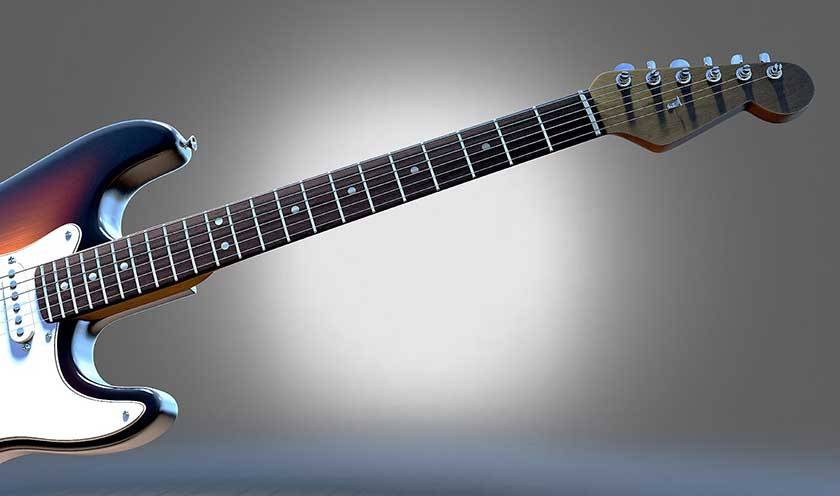
Hello! I’m Kaoru, a composer!
Today, I’d like to discuss the neck of guitars and basses.
The neck’s wood type, joint method, and shape all play significant roles in the instrument’s sound and feel.
These factors greatly influence the sound and playability, so let’s go over the essentials in an easy-to-understand way, especially for beginners.
What is a Neck?
The neck connects the body and headstock, transmitting the vibrations of the strings throughout the guitar.
Simply put, it’s the part you hold with your left hand, supporting the fingerboard.
Since it conveys the strings’ vibrations, it has a substantial effect on the sound.
However, the differences aren’t always visible, so let’s cover some key points to check before buying!
Characteristics by Material
The wood used in the neck needs strength to withstand the tension of the strings. Using weaker wood can lead to warping over time.
The most common neck woods are maple and mahogany.
However, some necks are made from multiple woods layered together.
Maple
Maple is a wood frequently used not only for necks but also for bodies.
It’s commonly found in various instruments, making it closely associated with musical instruments. Its light color also makes it easy to identify.
The most commonly used maple for necks is hard maple, known for its strength. In electric guitars, maple is often used in Fender-style models as well as in acoustic guitars.
It produces a clear, articulate sound with good definition.
One of maple’s biggest appeals is its ability to change over time.
With age, it gradually transforms from white to brown, giving it a vintage charm. Vintage guitars, for example, often display this unique coloration.
In recent years, carbonized maple, which has undergone heat treatment to remove excess moisture, has gained popularity.
PLAYTECH even offers this in their lineup:
PLAYTECH / TL280 Metallic Red [Carbonized Maple Neck]
Carbonized maple’s features include:
- Vintage sound
- A burnt, vintage-like look
- Greater resistance to warping, offering enhanced stability
Judging from various reviews, it’s very popular, and I’m personally quite interested!
Mahogany
Mahogany, like maple, is also a very popular wood. It has a dark, reddish-brown appearance.
In electric guitars, it’s often used in Gibson-style guitars.
It produces a warm, rich sound with strong midrange, making it a great match for humbucker pickups.
Compared to maple, mahogany is easier to work with, but it’s less durable and needs careful handling.
It’s said that the neck can even break if the guitar is knocked over.
Characteristics by Shape
Necks come in various shapes. While the differences might not be obvious at a glance, you can feel them when you hold the guitar.
Since neck shape greatly impacts playability, it’s essential to check when buying!
C Shape
The most popular shape, ideal for both chord and single-note playing, making it an all-around choice.
Many of today’s Fender guitars, especially Stratocasters, feature this shape.
V Shape
Available in a softer, rounded ‘Soft V’ and a sharper ‘Hard V’.
Opinions vary, so it’s best to try this shape in person!
U Shape
The U shape has a significantly raised profile, making the neck noticeably thicker.
It’s ideal for players with larger hands who prefer to place their thumb behind or alongside the neck.
Other shapes vary depending on manufacturer, model, and production era, so it’s good to choose a shape that aligns with your playing style.
Differences by Joint Method
Bolt-On
The neck and body are connected by screws, enhancing the attack of the sound.
A removable neck makes maintenance easy, a practical feature for repairs.
Set Neck
This is a traditional method of joining the body and neck using adhesives like hide glue. Since the wood is fused together, the guitar’s overall structure transmits string vibrations more effectively.
Although replacing the neck isn’t impossible, it does require substantial cost and time.
Now, let’s pick out some recommended products available at Sound House.
Aria / Guitar Neck Iron XA0002MC 1C2U
This is a neck adjustment tool for guitars. It’s a very useful item for repairing neck warping and twisting.
By clamping the neck and applying heat while adjusting it to be straight, the adhesive between the fingerboard and neck softens, allowing you to adjust the position of the wood and correct the alignment.
It is an expensive item, but it’s durable and can be used for a long time, making it worth the price!
*Please make sure to understand the wood characteristics and instrument structure before performing repairs.
Music Nomad / MN207 Premium Work Station Neck Support and Work Mat
This is a mat and neck pillow that are very useful for guitar maintenance.
It helps protect your valuable instrument, allowing for efficient maintenance.
It also comes in handy when changing strings.
That concludes our discussion on neck materials!
If you’re considering purchasing a guitar or bass, be sure to check this out!
The column “sound & person” is made possible by your contributions.
For more information about submissions, click here.





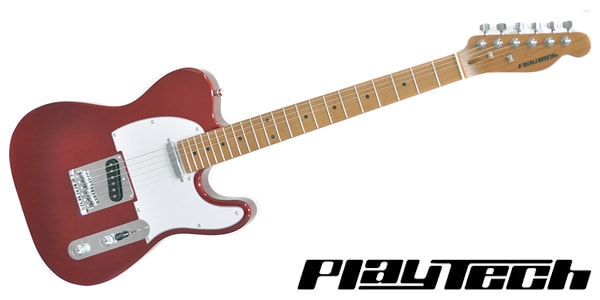
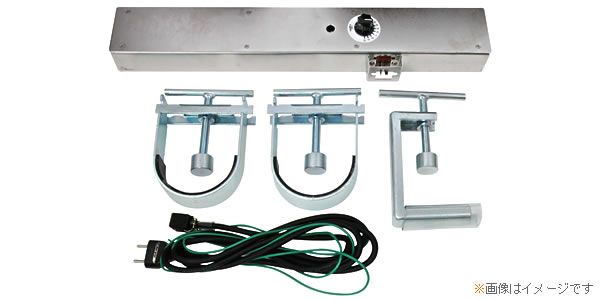
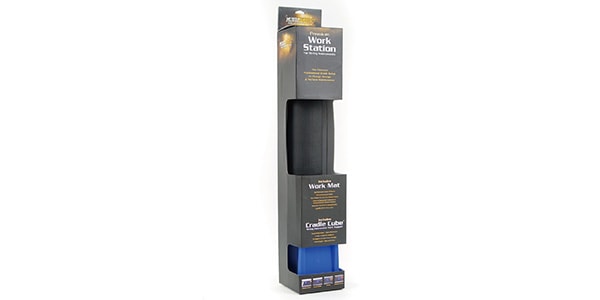

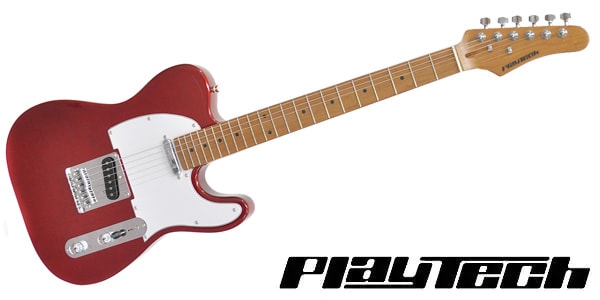







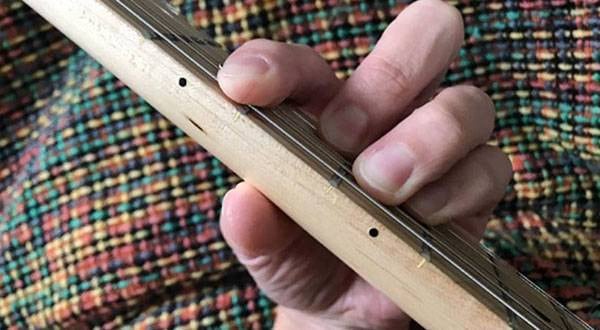
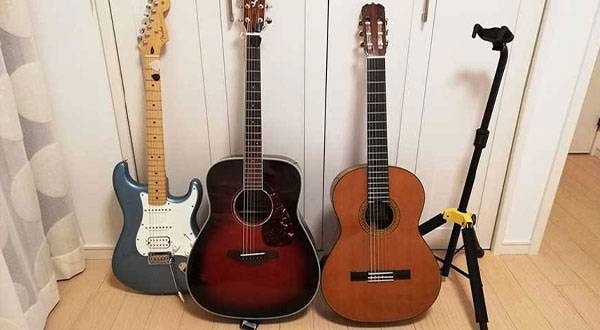
![[Caution] Its getting humid! About the effects of humidity on acoustic guitar](/contents/uploads/thumbs/5/2020/9/20200904_5_11114_1.jpg)
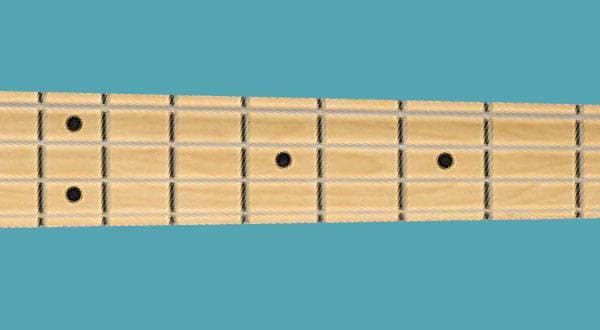

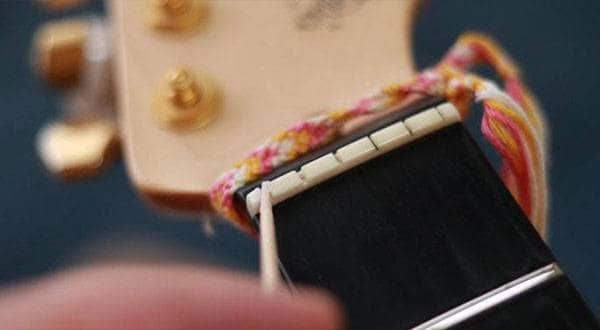
 基礎から学ぶベースレッスン
基礎から学ぶベースレッスン
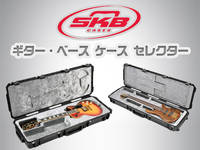 SKB ギター・ベースケースセレクター
SKB ギター・ベースケースセレクター
 超オススメのフレーズ道場 ギター
超オススメのフレーズ道場 ギター
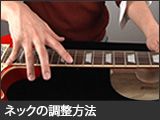 ネックの調整方法
ネックの調整方法
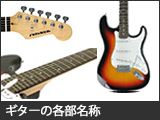 ギターの各部名称
ギターの各部名称
 ギタースタートガイド
ギタースタートガイド















